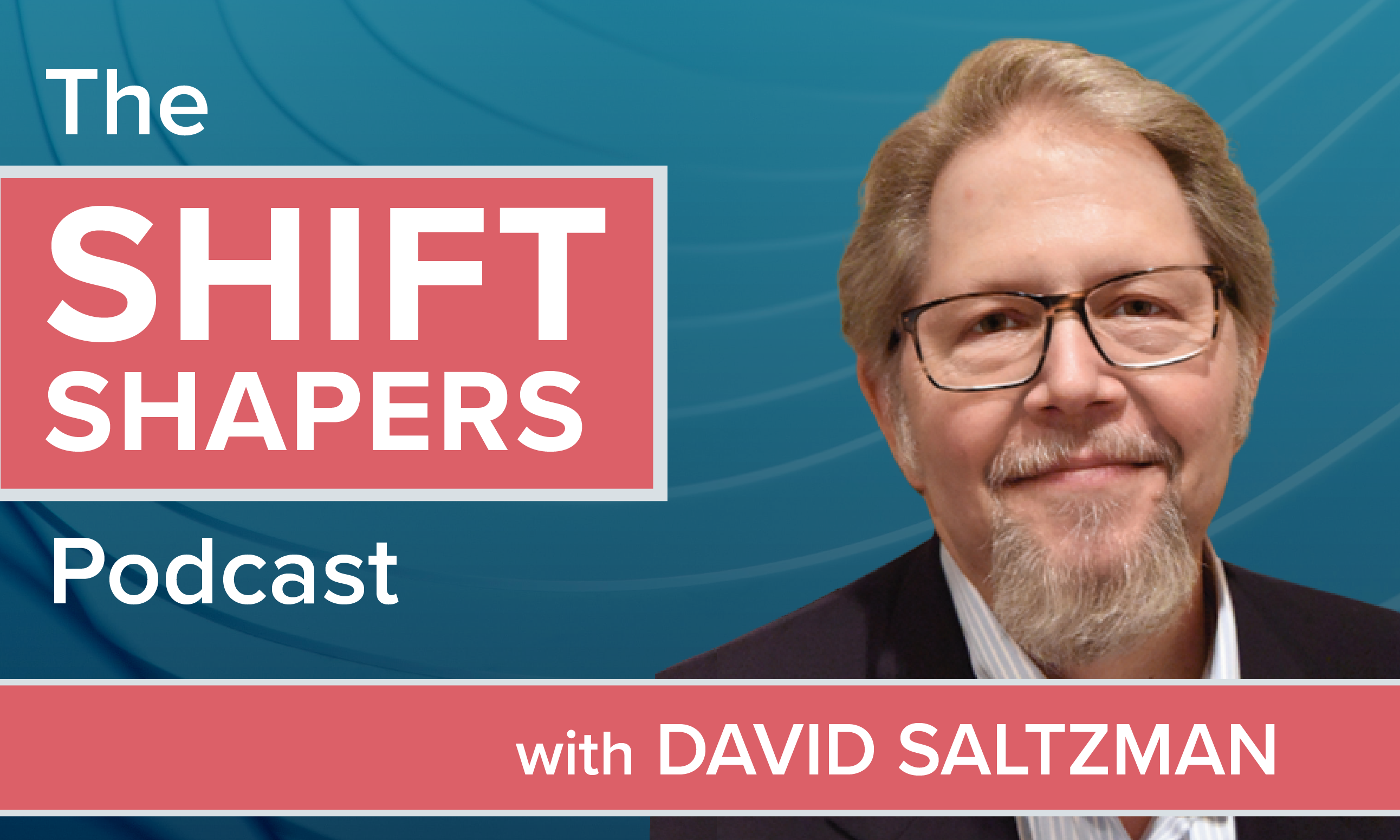
As medical expenses continue to rise in the United States, many workers are left financially vulnerable. Even with health insurance, out-of-pocket costs like deductibles, copays and uncovered services can quickly threaten the financial security of working Americans. Additionally, a growing number of employees lack sufficient emergency savings, with nearly 4 out of 10 American adults saying they couldn’t cover an unexpected $400 expense without going into credit card debt or borrowing money from friends, family or the bank.
Now, imagine an employee facing a cancer diagnosis. If they’re enrolled in a high-deductible health plan, their out of pocket medical costs could surge by up to 68.1%. And this isn’t a rare scenario – over 2 million new cancer cases are expected in the U.S. this year alone. A serious medical event, hospital stay, or accident can quickly upend financial stability. Even those with solid health insurance coverage may find themselves overwhelmed by the out-of-pocket costs, adding significant stress and financial strain at an already difficult time.
Employers want to offer more — without added costs
One place employees are looking to help with this issue is their benefit plans at work. And employers want to help. Employers and their benefits advisors are placing a higher priority than ever on expanding benefits offerings, with a record 81% of small to midsized business owners interested in adding new benefits in the next year, according to a recent Principal SMB Sentiment Survey. The challenge for employers as they work with their advisors often lies in the financials – what benefits can they provide when profit margins may be under pressure due to shifting economic conditions?
Recommended For You
As employers consider making changes in response to recent market shifts and tariff announcements, they are not looking to make changes that impact their employees. Coming out of the pandemic, small to midsized business owners realized just how challenging and costly it can be to find and keep top talent. With the average cost of onboarding a new employee estimated at $4,100, limiting turnover has become a critical strategy for minimizing unnecessary expenses. During the post-pandemic hiring surge, when the job market was hot and employees had more choices than ever, many businesses learned the value of offering benefits that support long-term financial well-being to boost retention.
Supplemental benefits like hospital indemnity, critical illness, and accident insurance offer a crucial financial safety net for employees, putting money directly into their pockets when they need it most. Better yet, employers can provide access to these benefits at no direct cost, creating a win-win: enhanced financial protection for employees and greater value for the business.
How hospital indemnity, critical illness and accident insurance help
These supplemental benefit plans allow employees to opt in and pay premiums themselves — often at lower group rates compared to individual policies. For employers, it’s a cost-effective way to enhance their benefits offering without increasing their budget.
There are three types of voluntary benefits that can provide targeted financial protection:
- Hospital indemnity insurance: Alleviates financial worries from hospitalization due to sickness or injury. A lump-sum cash benefit is paid to the insured to help pay for added expenses related to hospitalization and recovery.
- Critical illness insurance: Provides financial relief when an employee is diagnosed with a major illness such as cancer, heart attack or stroke. The payout can be used for medical bills, travel for treatment, or everyday expenses.
- Accident insurance: Offers employees a lump-sum cash benefit after a covered accidental injury such as a broken or fractured bone, burn, or concussion.
At a time when we’re seeing increased demand for personalization of benefits packages, supplemental offerings give employees the flexibility to choose coverage that fits their unique needs and those of their families. This flexibility can be a game-changer, especially for employees dealing with unexpected medical expenses.
The intersection of physical and financial wellness
As American workers face mounting financial pressures from rising health care costs and insufficient emergency savings, the connection between physical and financial wellness is becoming increasingly evident. Employees aren’t just looking to their employer for a paycheck; they’re looking for support in protecting their financial future.
Fortunately, employers are uniquely positioned to support this need. By working with advisors to offer supplemental benefits, they can strengthen the foundation of employee wellness without impacting their bottom line. In a landscape where both employers and employees are seeking financial stability, supplemental insurance is a simple and impactful way to provide peace of mind.
© 2025 ALM Global, LLC, All Rights Reserved. Request academic re-use from www.copyright.com. All other uses, submit a request to [email protected]. For more information visit Asset & Logo Licensing.








